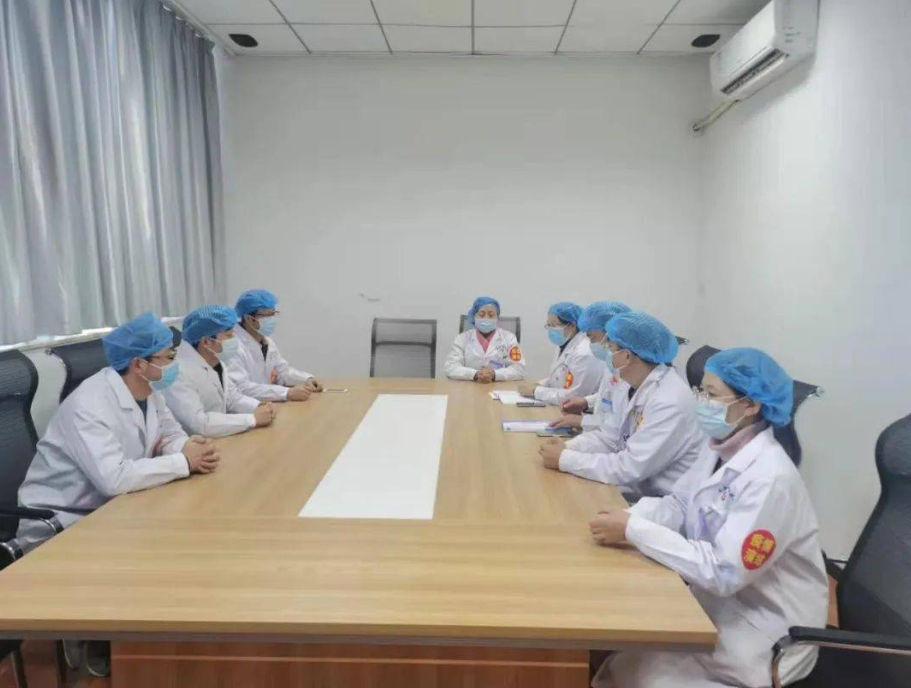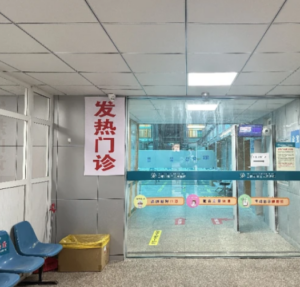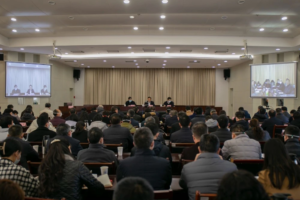
Tianjin relies on the three-tier consultation mechanism – to strengthen the deployment of medical resources to effectively improve the level of treatment
“The risk of recurrence exists in the elderly population with symptomatic remission but insignificant imaging changes. It is important to move the gate forward, observe closely, treat the symptoms first and intercept the disease ……” January 17, in Tianjin, a serious case of new coronavirus infection Chinese medicine expert consultation video conference site, the Chinese Academy of Engineering academician Zhang Boli and other well-known experts for the grassroots hospitals to apply for consultation of difficult and critical cases “pulse prescription”, proposed a treatment plan.
From 2020, Tianjin sorted out the city’s medical institutions resources, based on the construction of medical associations, clear high-level tertiary hospitals as the municipal treatment center hospital, the leading hospitals in each district and the region’s high-level specialty hospitals to form regional hospitals, other hospitals to form district hospitals. After the implementation of the new coronavirus infection “B class B management”, Tianjin relies on the three-tier consultation mechanism, special operations, concentrating the advantages of medical resources to further improve the treatment of patients with serious and critical illnesses.
“Since January, we have strived to improve the efficiency of medical resources utilization in the city and effectively improve the level of treatment.” Xu Weiguo, director of the medical administration and medical management department of the Tianjin Municipal Health and Health Commission, said that Tianjin organized 15 municipal quality control centers for critical care medicine, respiratory, nursing, emergency, outpatient, fever clinic, infection prevention and control, clinical nutrition, pharmacy, imaging, equipment management, hospital management, medical supplies, clinical testing, nucleic acid testing, etc., to form expert guidance on the integrated management of medical institutions, optimization of processes, and key points of rescue and treatment The opinions will be published regularly in the industry. Data show that from January 4 to 18, the rate of prone ventilation treatment in Tianjin medical institutions increased by 19%; the coverage rate of nursing rounds rose from 92.13% to 100%.
“Our daily intake peaked at more than 600 visits. Although it was a great test, we optimized the intake process according to expert advice and accurately dispatched beds throughout the hospital to ensure that patients with acute and critical illnesses were admitted as many times as possible.” Ren Sisi, director of the emergency department of Beichen Hospital, said that the beds, equipment and manpower of the whole hospital were re-integrated and “with everyone’s efforts, we have smoothly ‘passed the peak’.”
“By standardizing the hierarchical zoning of emergency care in the city, increasing the number of medical staff, wheelchairs and flat cars, the efficiency of emergency services in the city has been significantly improved.” Xu Weiguo said that from January 12 to 18, the waiting time for emergency care at 17 sentinel hospitals in Tianjin was shortened by 50%, and the average time between the receipt of a report and arrival at the scene of pre-hospital emergency care in the city was reduced from 18.04 minutes to 7.58 minutes.


Average Rating